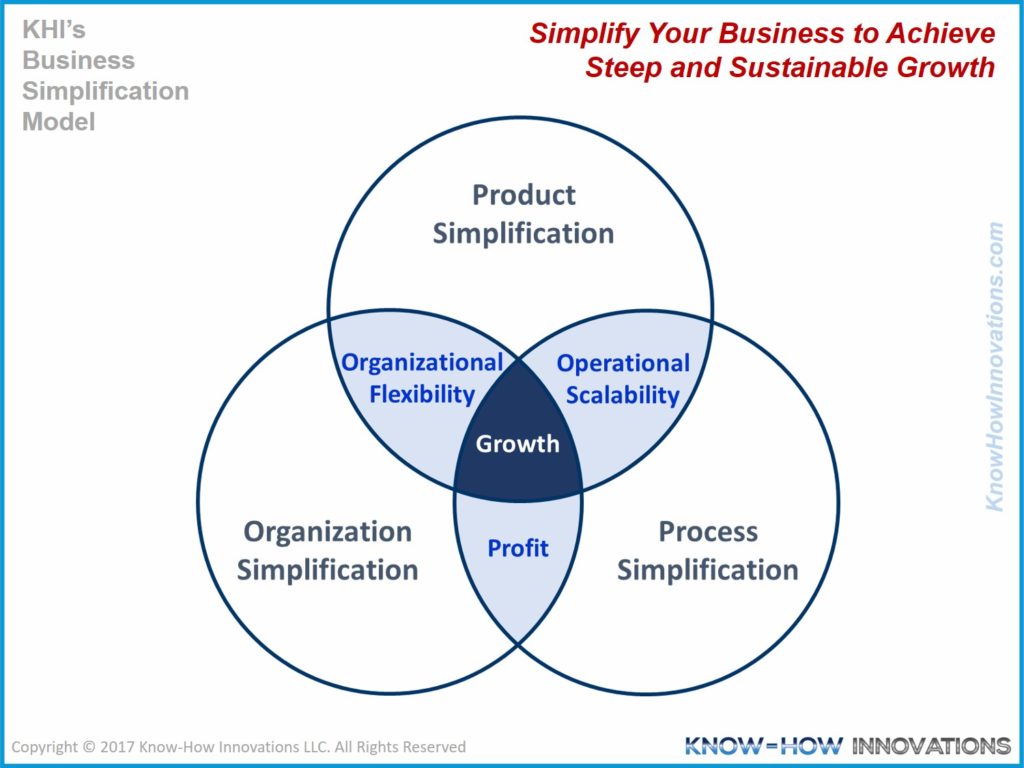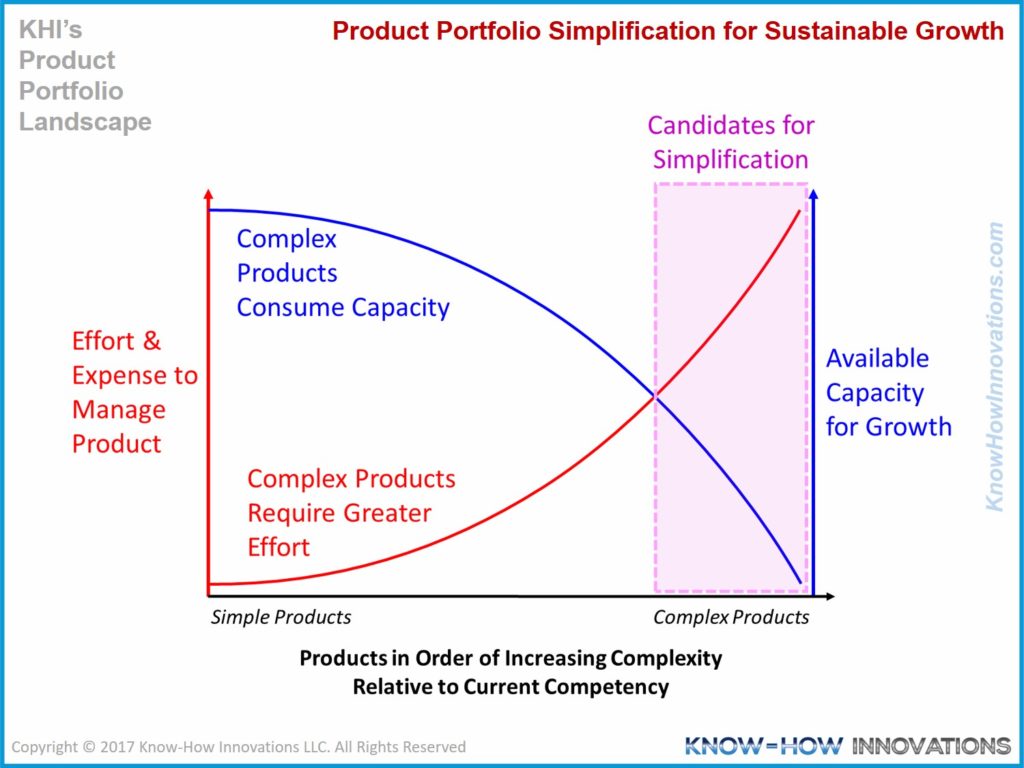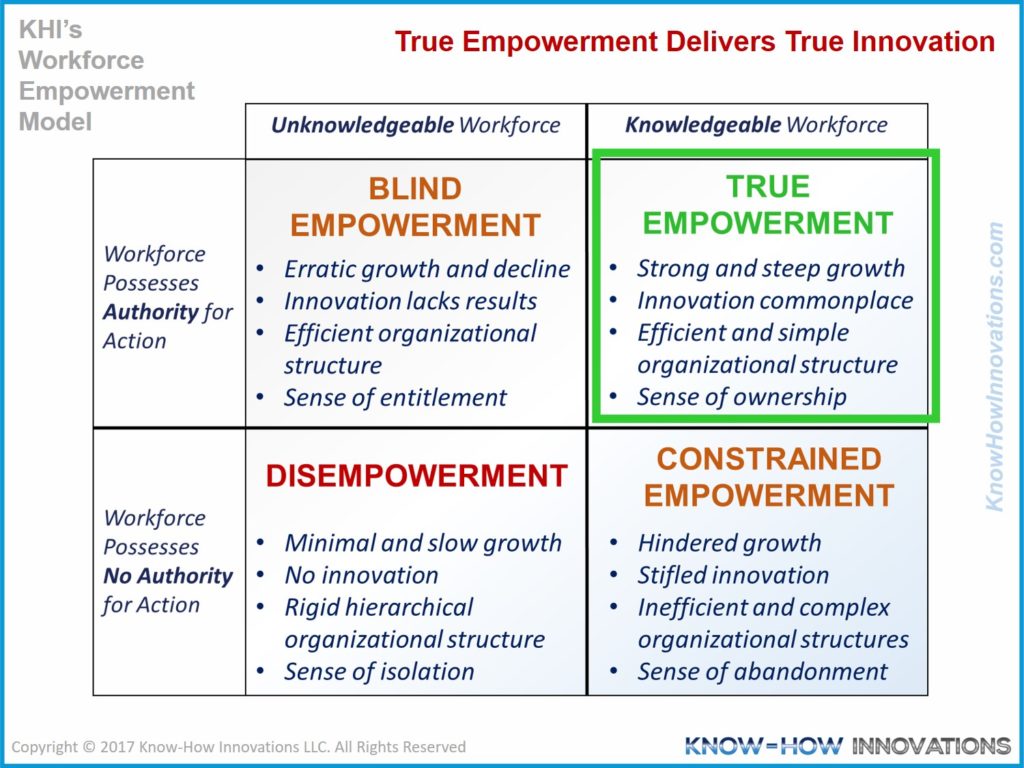Vanquish the Grim Reaper of Business Complexity
April 9, 2018
Vanquish the Grim Reaper of Business Complexity
by Rishab Rao
“Out of clutter, find simplicity. From discord, find harmony. In the middle of difficulty lies opportunity.” – Albert Einstein
Business Growth Incubates Complexity
The larger and faster a business grows, the more complex its internal mechanisms tend to become. Every increment of growth introduces a new layer of complexity into the business, and with it, added expenses and inefficiencies. Sustaining the rate of growth in this environment becomes increasingly difficult and expensive.
Growing a business often involves engaging new customers, new products and services, new suppliers, and perhaps entering new markets. Consequently, the greater the number of transactions, the greater the overall operational effort and more complex record-keeping. The increased activity and number of transactions introduce an increasingly complex and dynamic environment to manage.
Complexity is difficult to detect. It creeps stealthily, grows surreptitiously, and hinders business operations greatly. Complexity by nature is cumulative. Its effects compound as more people and a greater number of transactions interact to conduct the business. Complexity weakens an organization from within, crumbling its foundations as the clutches of the grim reaper of complexity tighten. Unless proactively, aggressively, and continuously addressed, complexity spreads unrelenting decay through the organization.
To prevent complexity from taking root and hindering growth, organizations must make Business Simplification a core priority.
Business Simplification
When complexity is addressed correctly and permanently, the business becomes much simpler to operate. This ease of operations results in increased business flexibility and scalability. Each new increment of growth requires less effort, fewer additional resources, and significantly lower expenses. Steep growth becomes the norm for a simplified business.
Business Simplification should be undertaken in three key areas of the business: Process, Product, and the Organization.
- Process Simplification reduces the complexity of every process within the business. This includes all functional units within the business such as operations, accounting and finance, HR, IT, etc.
- Product Simplification (sometimes referred to as Product Portfolio Simplification) reduces the complexity of products and services currently offered by reducing the product variety and/or reducing the complexity of making and managing the products themselves.
- Organization Simplification tackles the rigidity and complexity of the organizational structure. Streamlining any rigidly authoritative, hierarchical chain-of-command complexities leads to a flourishing culture of innovation that is imperative for modern growth.
Source: Business Simplification Concepts
Process Simplification
Process Simplification helps organizations identify and remove complexity from processes across the business. As businesses grow, processes become more complex, resulting in an increased number of process steps, tasks, and resources required. The more complex a process becomes, the greater the likelihood of errors, rework, long task completion times, and support needs. Additionally, training new people on a complex process takes longer than a streamlined and simple process.
Process Simplification involves systematically and thoroughly studying each business process, uncovering hidden sources of complexity, and permanently eliminating them. Wasted resources and non-value-added process activities are identified, and process changes are implemented to optimize the process.
Process Simplification benefits materialize immediately, including greater efficiencies, better product quality, shorter process completion times, increased capacity, and reduced expenses. Many organizations pursue process simplification alone, through methodologies like Lean Six Sigma, and do not initiate Product and Organization Simplification. However, the benefits of Process Simplification are force-multiplied when done in concert with Product and Organization Simplification.
Product Simplification
Note: “Product” is used here to generically define any business offering whether it is an object, service, information, etc.
Eager for growth, businesses often take on orders for products that are outside their realm of core expertise. There is a hidden trap in doing this. The further outside the span of expertise a product is, the more complex it is to make and manage. The extra effort needed to offer that product comes at the price of capacity of other mainstream products.
Product Simplification seeks to reduce the complexity of making, storing, delivering, and managing your currently offered products. This initiative establishes a framework for defining the complexity of each product relative to the effort and costs involved. More complex products are identified as candidates for simplification. Product Simplification involves redesigning, adding or removing features, or ceasing to offer the product entirely. This framework works well for new product development and introduction as well.
Product Simplification takes some effort and time, but the returns are tremendous. There is a double benefit to reducing product complexity. First, immediate decreases in effort, time, errors, and costs are realized. Second, the initiative results in an explosion of capacity to produce greater volumes of the simpler products.
Source: Business Simplification Concepts
Organization Simplification
The organization structure is the most susceptible to the effects of the complexity reaper. As mentioned previously, business growth breeds complexity. Often the response is to restructure the organization in an effort to manage the growing workload. Businesses typically hire more people to manage smaller portions of the complex structure in an attempt to reclaim efficiency. This restructuring only leads to greater organization complexity. The more complex the structure, the more inefficient the business becomes and the less empowered the workforce becomes.
Organization Simplification seeks to simplify the organization structure by truly empowering employees and creating a flat, efficient, and simple organization. Involving management in every decision and approval only slows work down. Organization Simplification works by cultivating empowered staff capable of making sound decisions toward achieving business objectives.
Empowerment involves two factors: authority to make decisions and the relevant knowledge of how to make those decisions. True empowerment cannot be achieved without both of these factors. By empowering employees with relevant knowledge and decision-making authority, an organization becomes increasingly flexible and efficient. This liberates the organization to leverage people’s individuality and innovation toward business growth. The more empowered the organization is, the exponentially greater the efficiency and capacity of the business.
Source: Business Simplification Concepts
Tandem Benefits
When simplification is achieved in all three areas—Process, Product, and the Organization—cumulative benefits are realized. The power of Business Simplification is in the way each of these areas of the business interact. In combination, the three simplification efforts yield flexibility, scalability, profitability, and growth. Simplifying only one or two areas yields some benefits but not the force-multiplying benefits of all three areas simplified.
Simplify to Grow
Business Simplification is a way of thinking rather than a set of action items. It is a non-stop reflex to continuously simplify everything in the business, be it processes, products, or organization structure. It takes training and practice to learn the correct methods to conduct simplification. But also, a firm foundation of trust must be established, that job loss is not the outcome of simplification.
Business complexity leads to a steady decay of internal cohesion and business operations. It must not be ignored. Business Simplification is imperative for sustaining business growth.


